Financial Constraints & Health: A Case Study of a Retired Patient
VerifiedAdded on 2023/06/07
|12
|1073
|486
Case Study
AI Summary
This case study examines the health and socioeconomic challenges faced by a retired IT worker in Australia in his mid-70s living with hypertension, T2DM, TIAs, arthritis, and psoriasis. The study highlights the patient's interaction with healthcare providers, including his GP, colorectal specialist, pathology services, and pharmacy, emphasizing the accessibility of healthcare due to his proximity to services and government support schemes like Medicare, NDSS, and PBS. The patient has made significant lifestyle changes, such as quitting smoking and alcohol, losing weight, and adopting a healthy diet and exercise routine. However, he still experiences anxiety related to his conditions and fears of hypoglycemic episodes and recurrent TIAs. His primary concern is financial limitations, hindering his ability to travel and visit family. The case study contextualizes these financial worries within the broader issue of pension adequacy in Australia, referencing ASFA guidelines and Sydney Morning Herald articles that discuss the challenges pensioners face in affording a modest lifestyle while managing chronic illnesses, highlighting the social and political impacts on his overall health.
1 out of 12

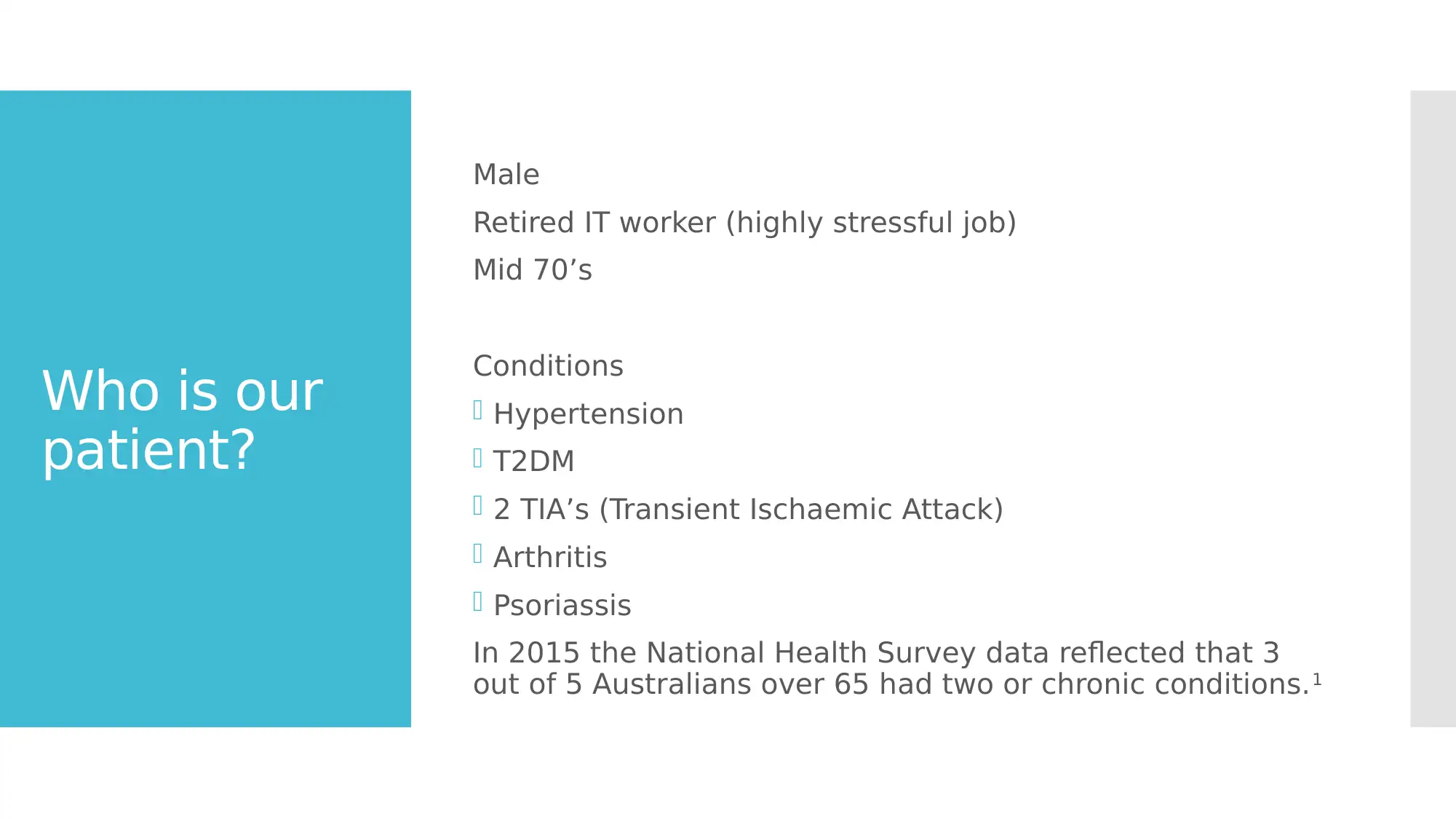
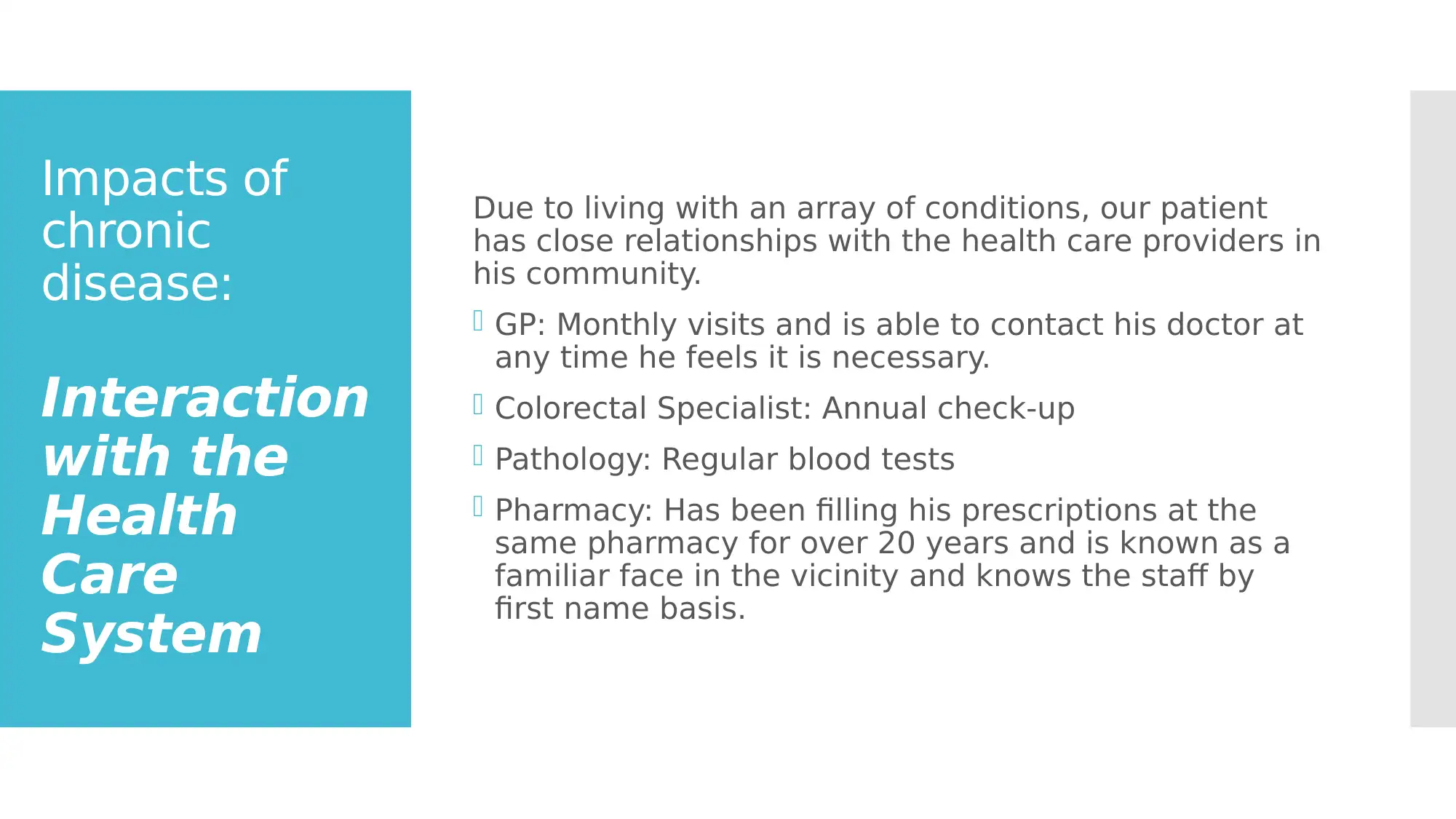

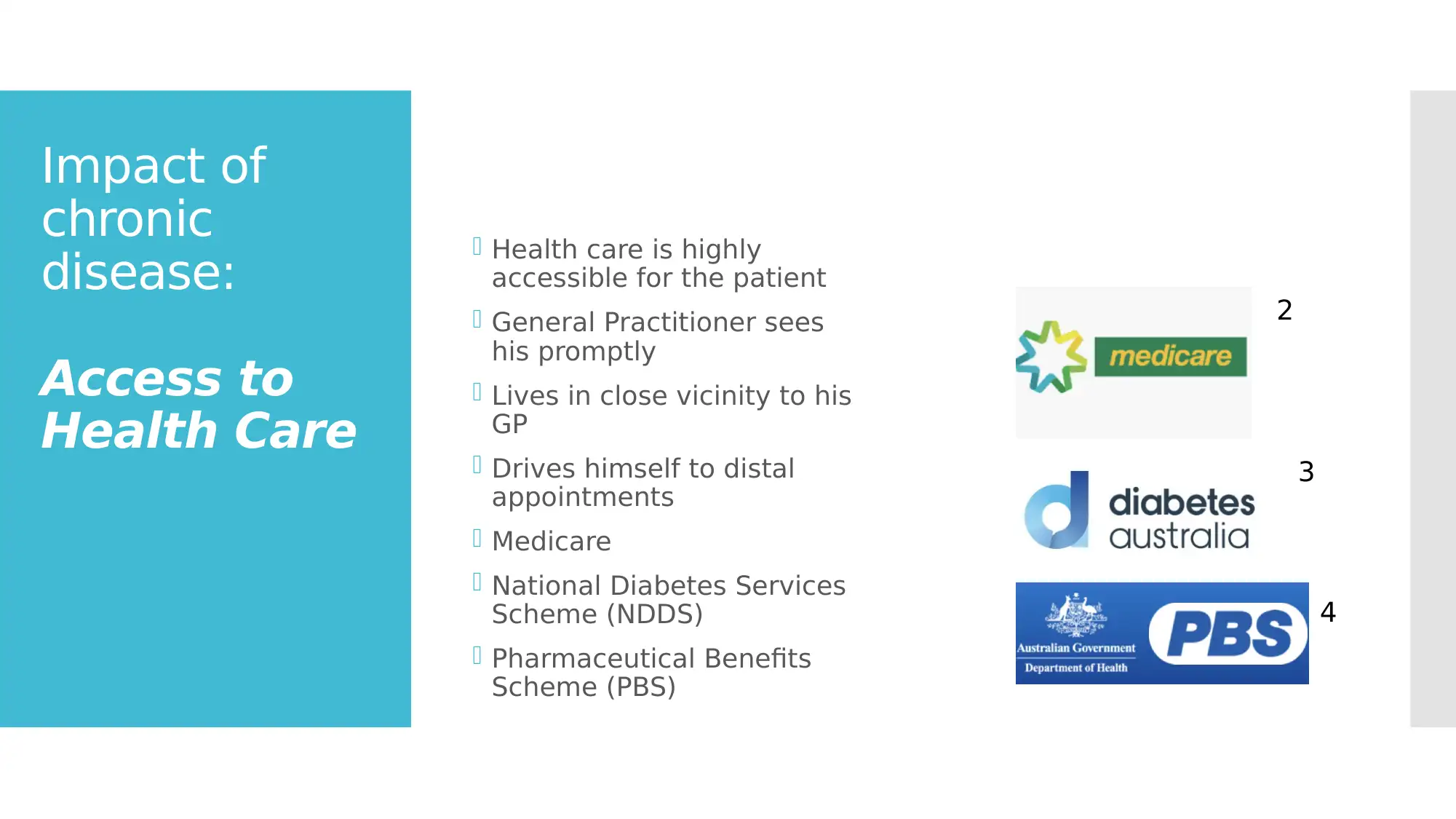

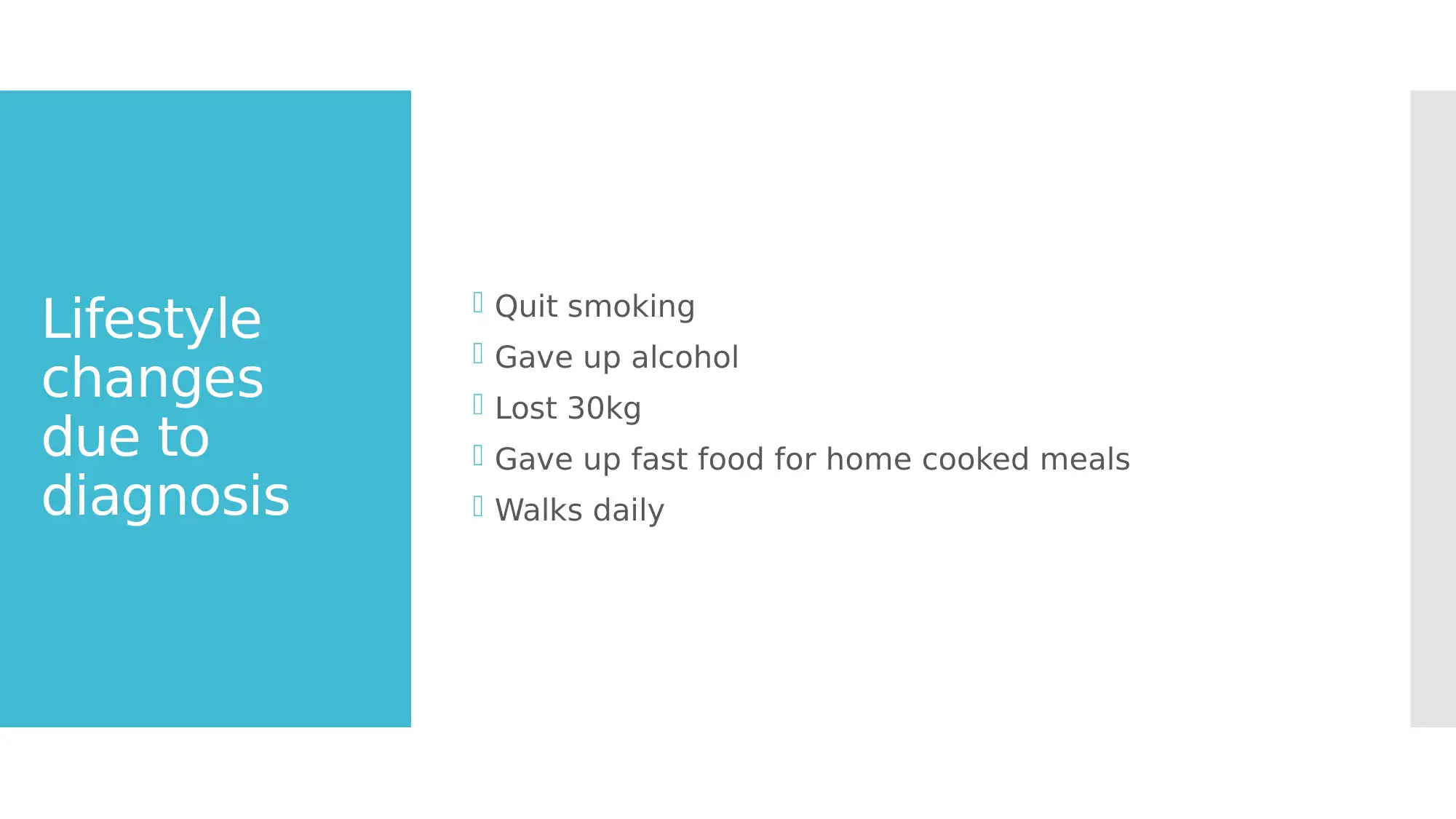
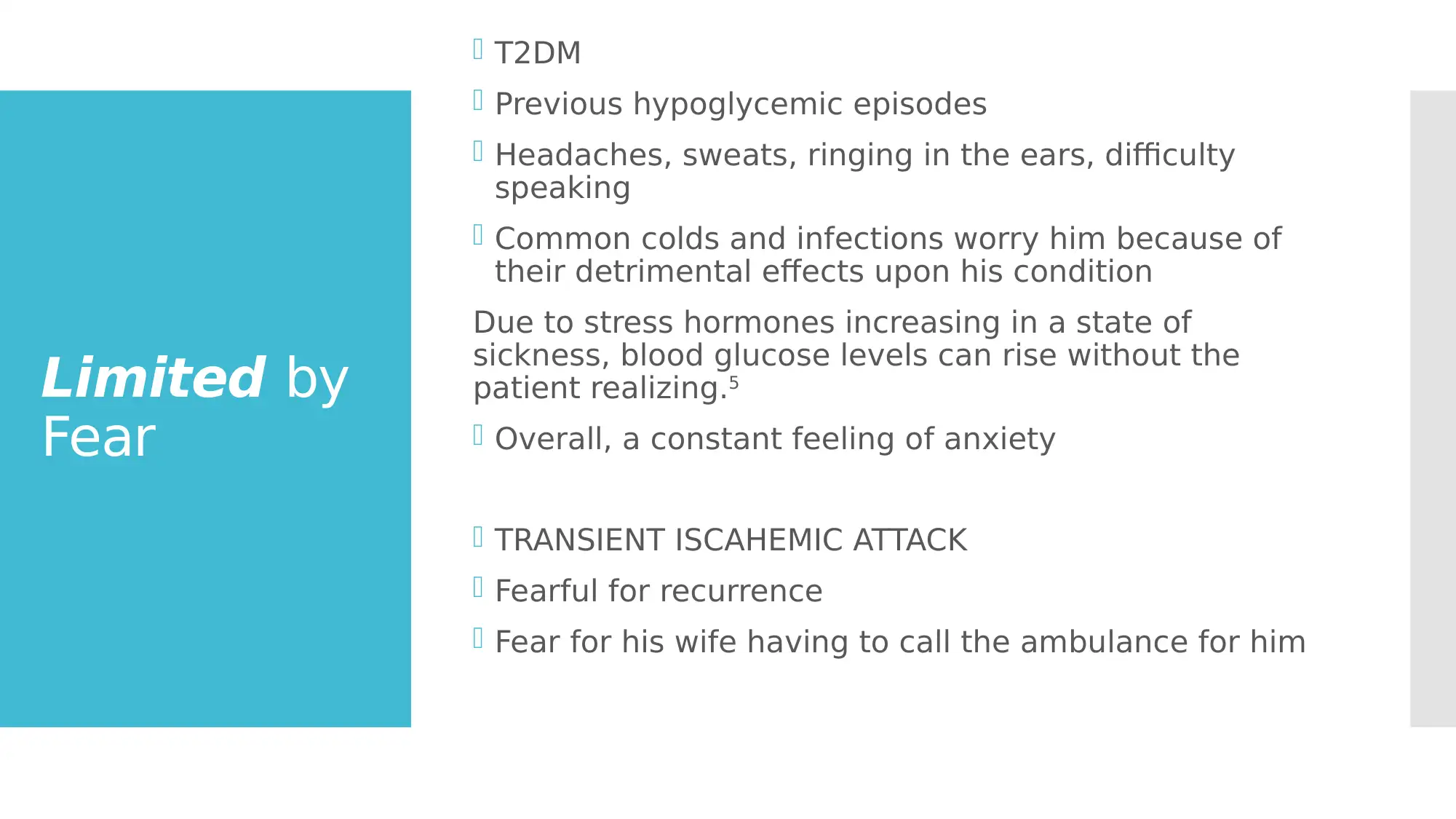
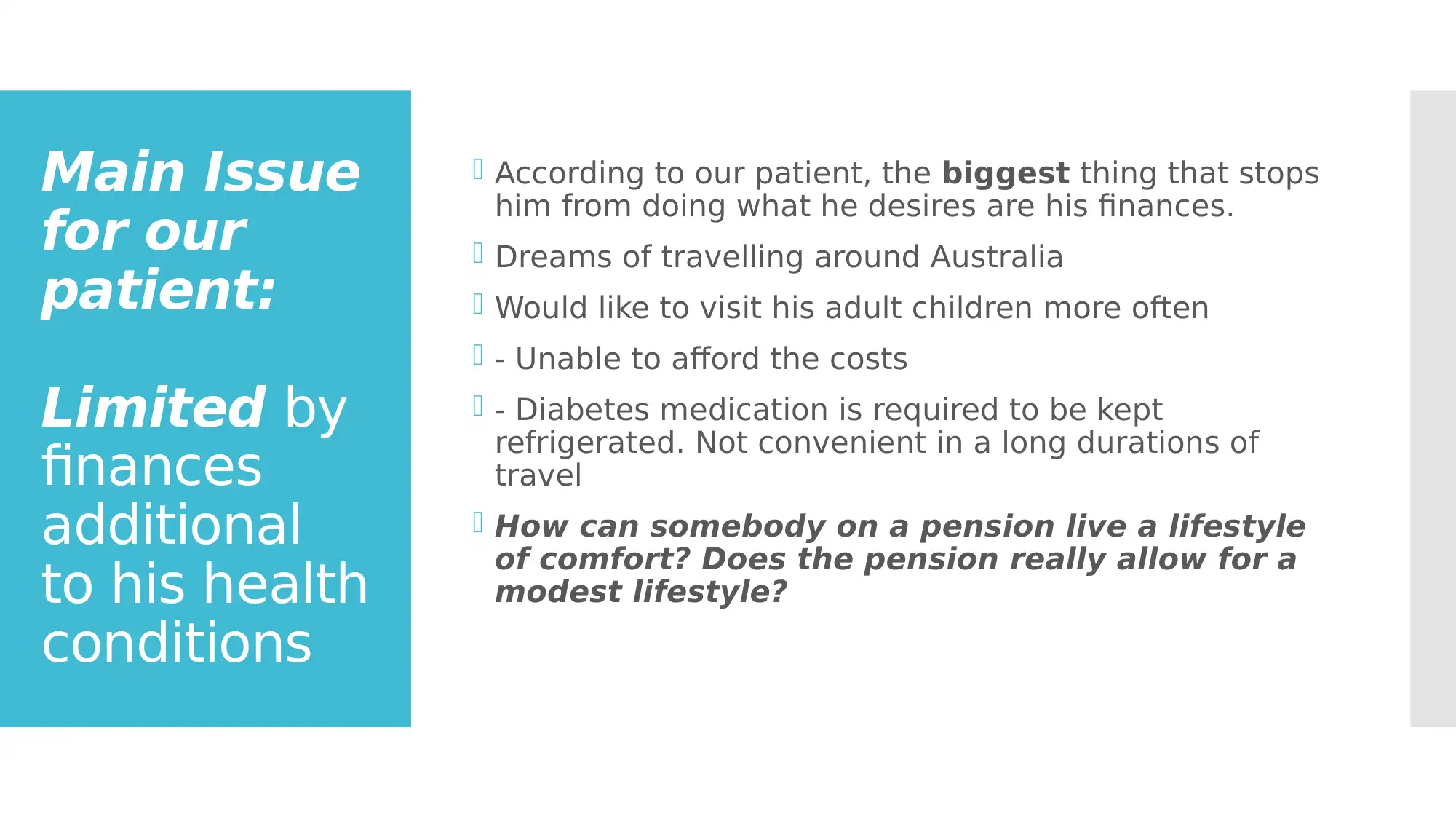
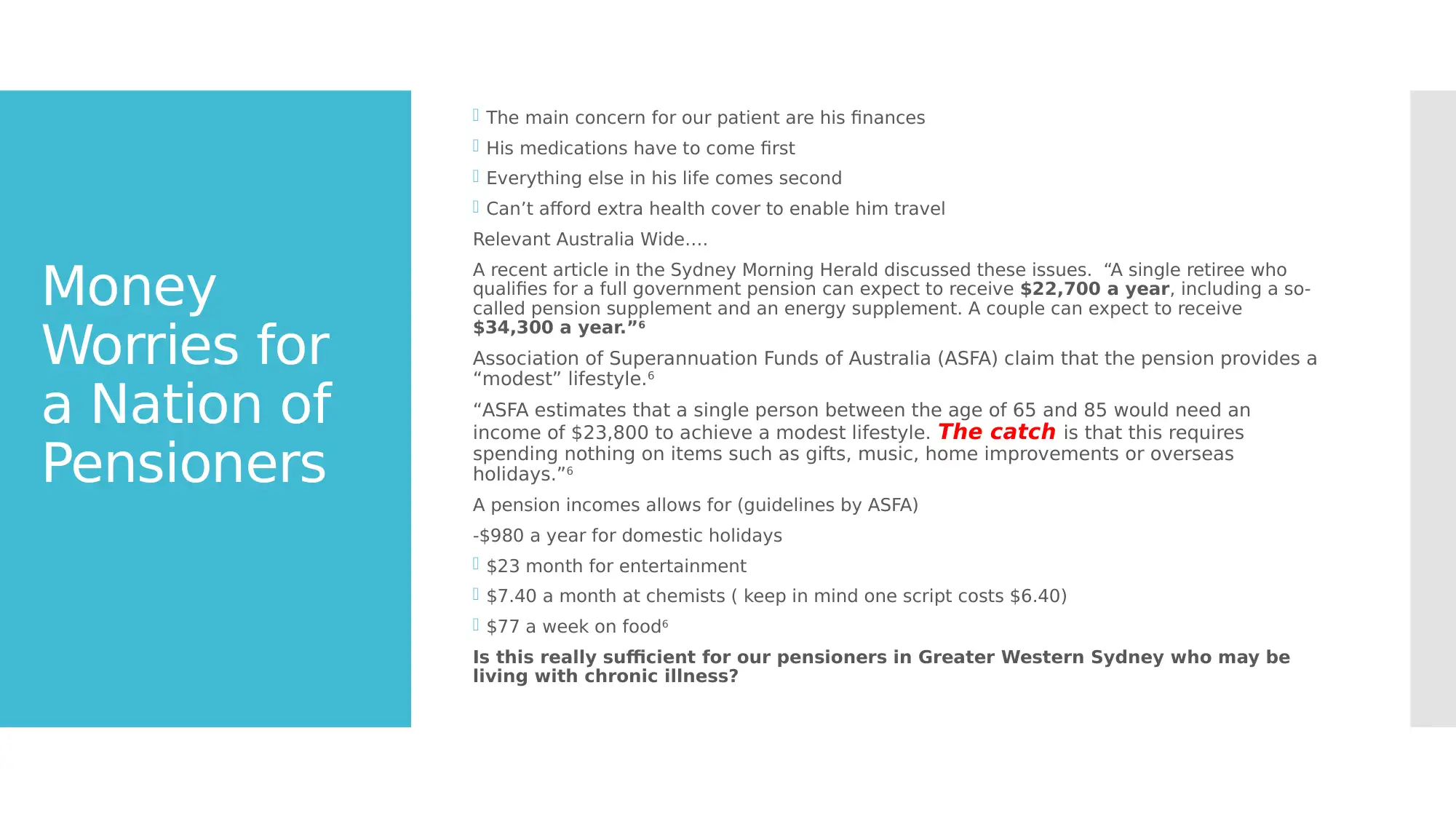
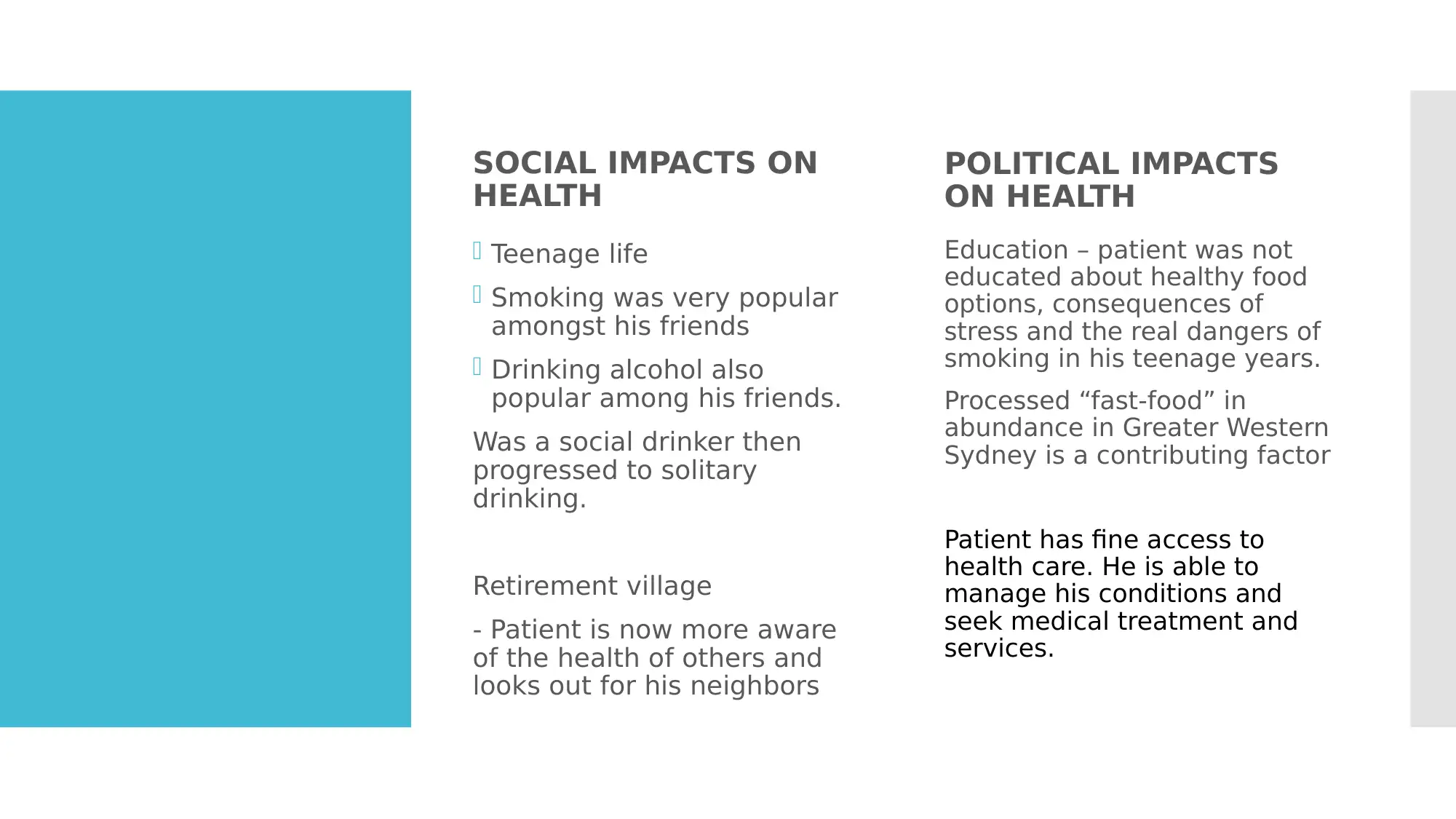

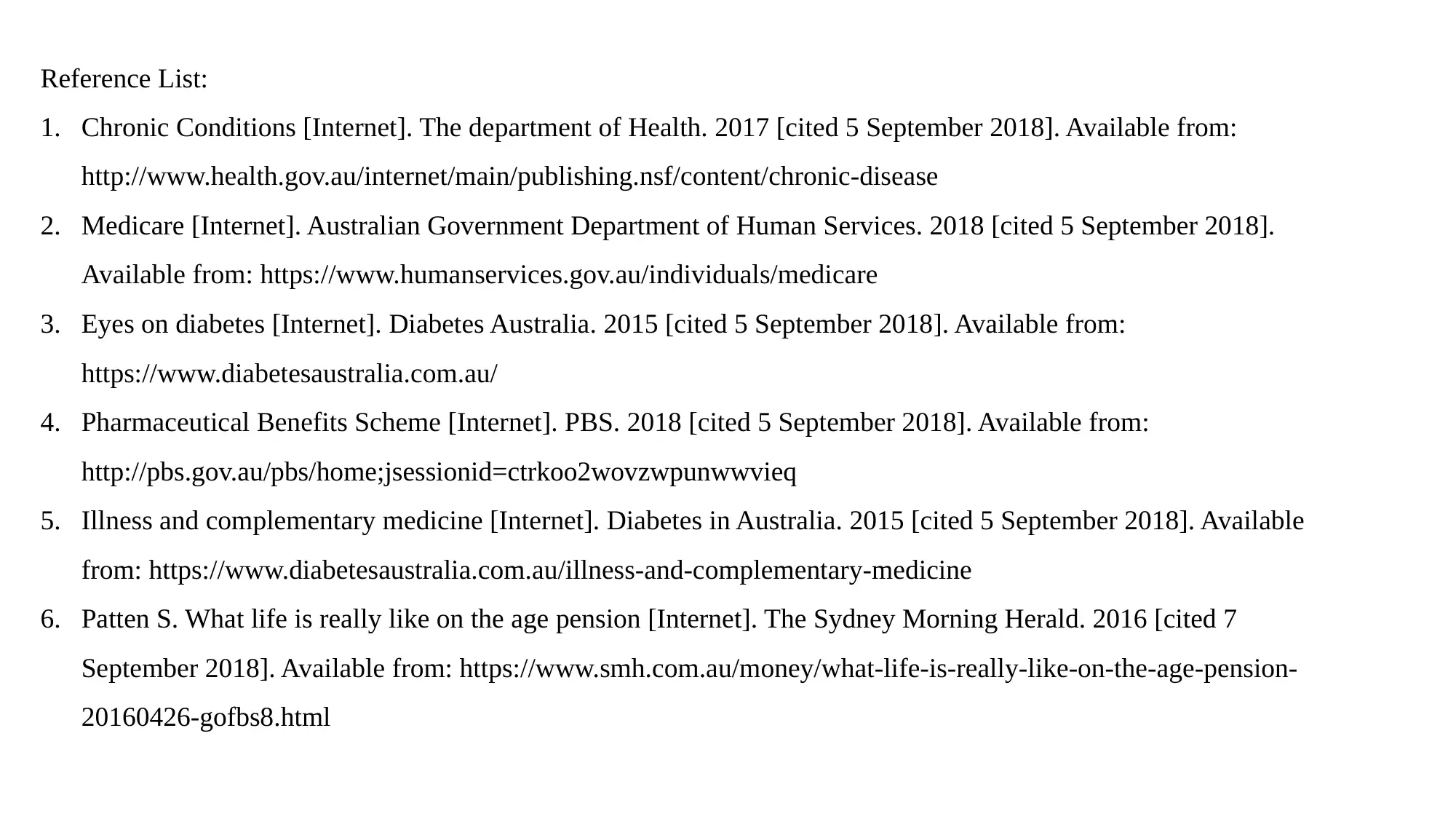


![[object Object]](/_next/static/media/star-bottom.7253800d.svg)